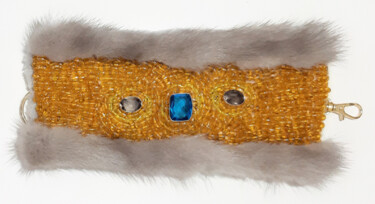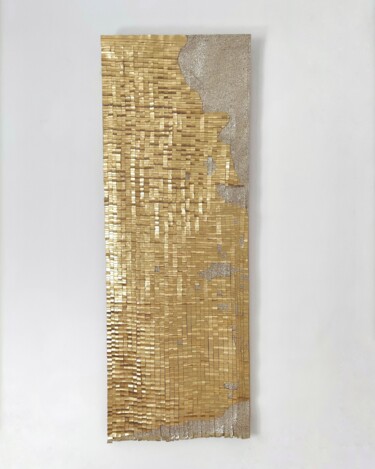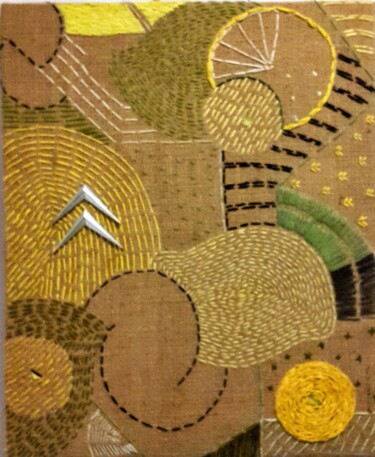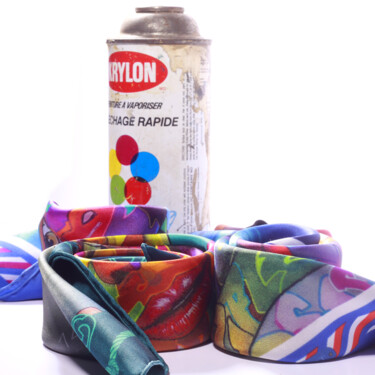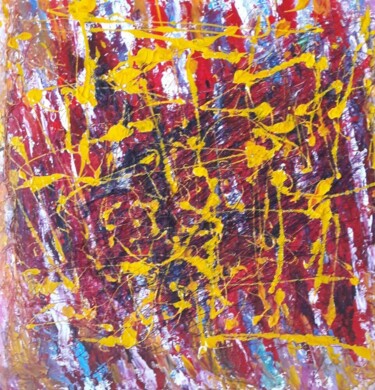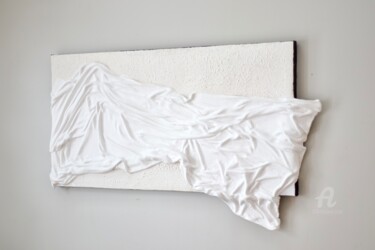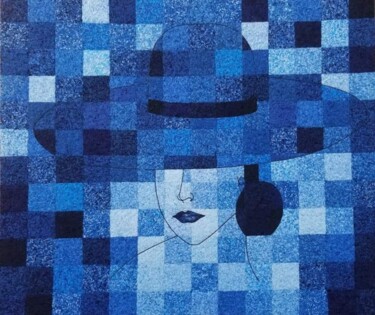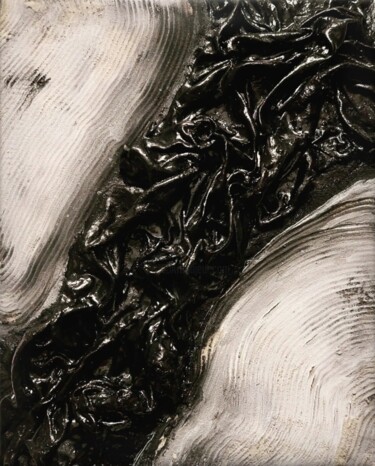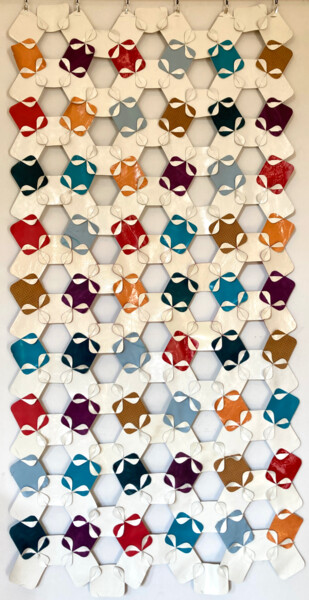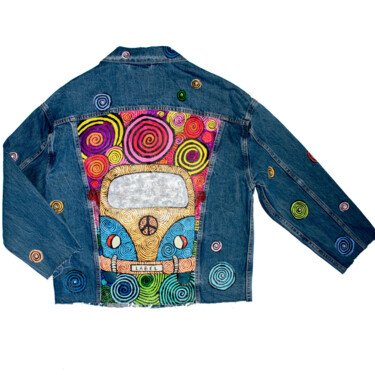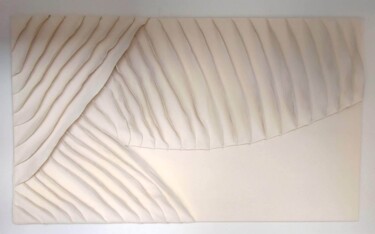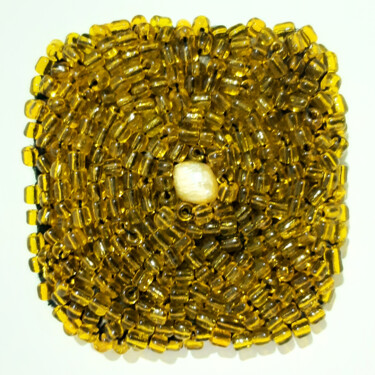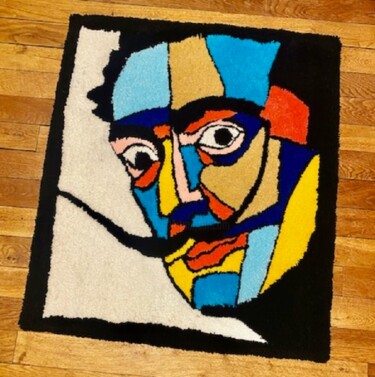415 Satılık Orijinal Tekstil Eserleri:
Satılık orijinal tekstil sanat eserleri mi arıyorsunuz?
Tekstil sanatlarının tüm stillerini ve tekniklerini keşfedin. Artmajeur, tüm sanatsal duyarlılıkları hedeflemektedir ve keşfedilecek veya edinilecek 2 milyondan fazla çağdaş sanat eseri ile 20 yıldır güzelliği yanınızda kutlamaktadır! İç mekanınızı klas bir şekilde dekore etmek için dünyanın dört bir yanından çağdaş sanatçıların eserlerini keşfedin! Basit bir sanat aşığı mı yoksa onaylanmış bir koleksiyoncu mu? Dekorasyonunuzu gerçekten geliştirecek favori tuvali veya resmi bulun. Artmajeur size dünyanın en iyi çağdaş sanatçılarının özgün çalışmalarını, sınırlı sayıda baskılarını ve sanat baskılarını sunar. Artmajeur'de, tekstil sanatı eserleri sanat piyasasındaki meraklılar ve uzmanlar tarafından seçilmektedir. Modaya uygun, ödüllü ve tanınmış sanatçıların özgün eserlerini ve çağdaş sanat alanında yükselen yeni değerleri sizin için seçiyor ve tekstil sanatını online satın alma sürecinizde size rehberlik ediyor ve size yardımcı oluyoruz.
Discover contemporary Abstract Textile Arts on Artmajeur
Contemporary Abstract Textile Arts is a modern form of artistic expression that combines traditional techniques with innovative approaches. This type of artwork is created using various supports, such as canvas, paper, or fabric, and a wide range of materials, including yarn, thread, fibers, and other textiles. What makes this type of original art unique is the way it combines different textures, colors, and patterns to create complex and multidimensional compositions. Each piece of textile art is a one-of-a-kind creation that reflects the individuality and creativity of the artist. From bold and vibrant abstract designs to subtle and delicate textures, contemporary Abstract Textile Arts offer a rich and diverse range of expressions that challenge our perception of what art can be.
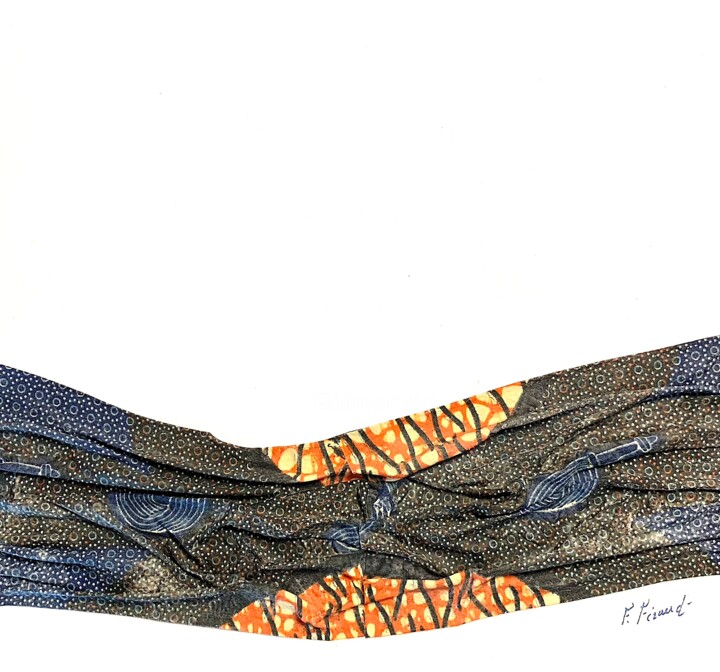
©2023 Florence Féraud-Aiglin
Origins and History
Contemporary Abstract Textile Arts emerged as a new form of artistic expression in the mid-twentieth century. The movement was born out of a desire to break away from traditional forms of textile art, which were often seen as limiting and predictable. This new form of art was characterized by its use of abstract shapes and colors, which were often inspired by the natural world. The movement gained momentum in the 1960s and 70s, as artists began to experiment with new techniques and materials. Some of the key figures in the movement included Sheila Hicks, Anni Albers, and Lenore Tawney. Today, Abstract Textile Arts continue to evolve and inspire new generations of artists, who are exploring new ways to push the boundaries of this exciting and dynamic art form.
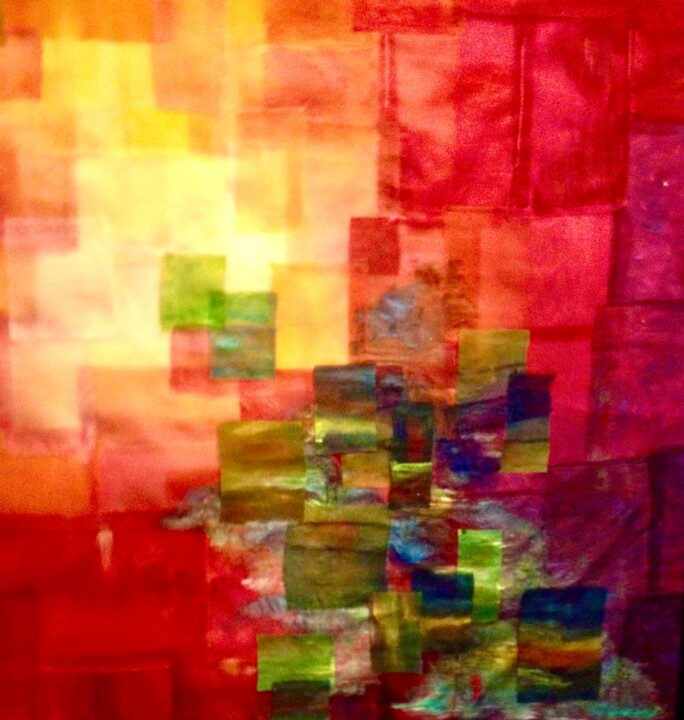
©2019 Béatrice Marty
Evolutions of theses works in the contemporary art market
Contemporary Abstract Textile Arts have undergone a remarkable evolution in recent years, with artists increasingly experimenting with novel techniques and materials. This has resulted in a fascinating array of works that challenge the boundaries of traditional textile arts. The incorporation of new technologies has also revolutionized the field, enabling artists to create complex designs with greater precision and detail. These developments have led to a surge in interest in Abstract Textile Arts, with collectors and galleries alike eagerly seeking out new and innovative works. Indeed, these works are becoming increasingly important in the contemporary art market, as they offer a unique perspective on the interplay between form, color, and texture. As such, they are a vital part of the ongoing conversation about the role of art in society, and the ways in which it can challenge our perceptions of the world around us.
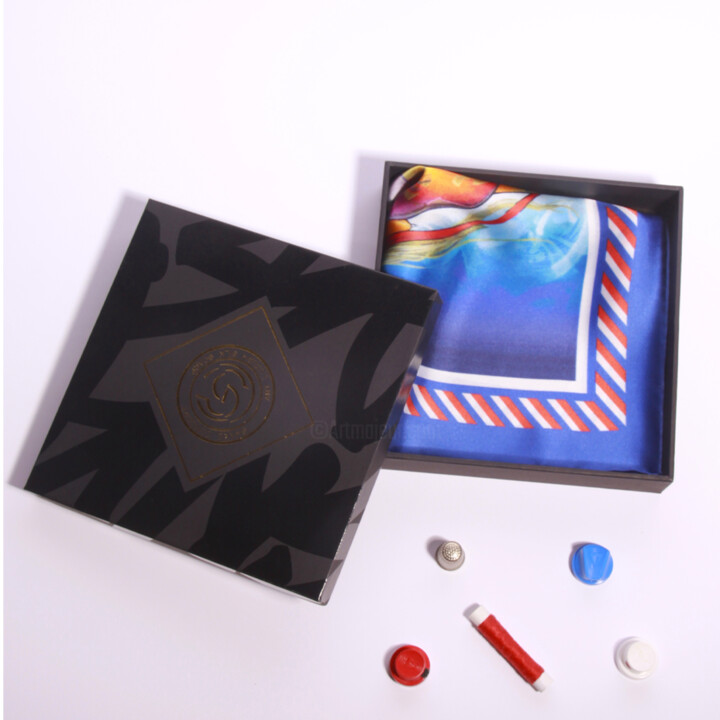
©2023 Snake
Related Famous Artists
Contemporary Abstract Textile Arts have been shaped by the work of several talented artists. One such artist is a weaver who creates intricate tapestries using natural materials. Another artist uses digital technology to create abstract designs in fabric. A third artist is known for her use of vibrant colors and geometric shapes in her textile creations.
One artist known for her contemporary Abstract Textile Arts is a fiber artist who specializes in creating large-scale woven installations. She uses a variety of materials, including wool, silk, and linen, to create intricate patterns and textures. Her work often explores themes related to nature and the environment.
Another artist who has gained recognition in the field of contemporary Abstract Textile Arts is a textile designer who focuses on creating bold, graphic patterns. She draws inspiration from a variety of sources, including architecture, nature, and art history. Her work often incorporates a mix of traditional and modern techniques, resulting in unique and visually striking designs.
A third artist who is well-known for her work in contemporary Abstract Textile Arts is a mixed media artist who creates abstract sculptures and installations using a variety of materials, including textiles, wire, and found objects. Her work often explores themes related to identity and memory, and she is known for her use of bold colors and unconventional materials.
Overall, these artists represent the diverse and innovative approaches to contemporary Abstract Textile Arts. From traditional weaving techniques to cutting-edge digital technology, they continue to push the boundaries of what is possible in the field of textile art.
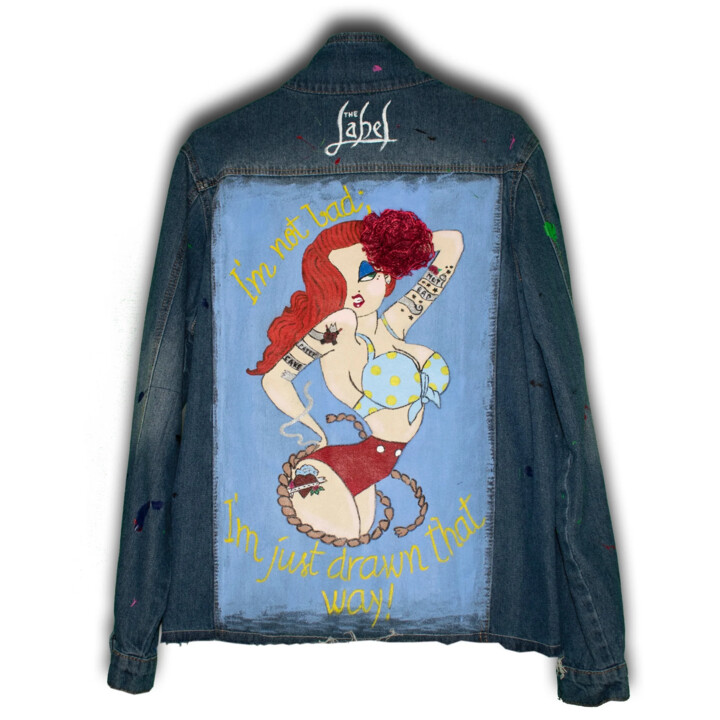
©2024 Stefania Hara
Notable contemporary Abstract Textile Arts
Contemporary Abstract Textile Arts have been flourishing in recent years, showcasing the beauty and versatility of fabric as an art medium. One such example is the artwork "Weaving Beyond the Bauhaus" by Sheila Hicks, created in 2019. This vibrant and colorful piece uses various weaving techniques to create a dynamic composition that celebrates the Bauhaus movement’s principles of form and function. Similarly, the artwork "Falling Leaves" by Ann Hamilton, created in 2018, features delicate, suspended fabric leaves that sway gently with the breeze, creating a mesmerizing and immersive experience for viewers. Another notable example is the artwork "Tapestry of Light" by Olga de Amaral, created in 2015, which uses gold leaf and silk thread to create a shimmering, three-dimensional tapestry that explores the relationship between light and texture. These artworks, and many others like them, demonstrate the endless possibilities of Abstract Textile Arts, pushing the boundaries of what can be achieved with fabric, thread, and other textile materials.
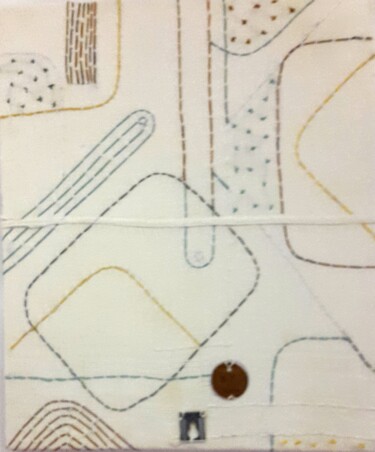
David Spanu
Keten tuval tarihinde Tekstil Sanatı | 18,1x15 in
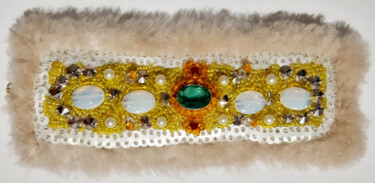
Poly
Kumaş tarihinde Tekstil Sanatı | 3,2x7,9 in
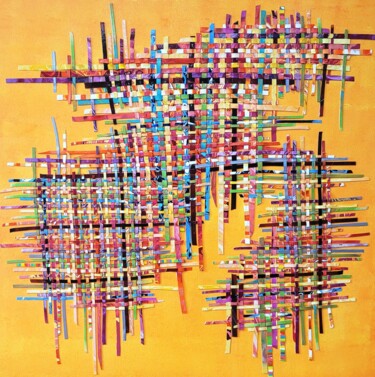
Julee Latimer
Tuval tarihinde Tekstil Sanatı | 35,8x35,8 in
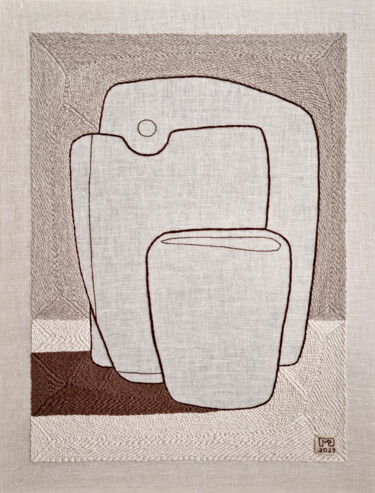
Milena Paladino
Keten tuval tarihinde Tekstil Sanatı | 25,6x19,7 in
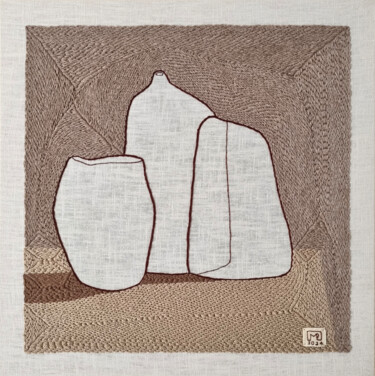
Milena Paladino
Keten tuval tarihinde Tekstil Sanatı | 19,7x19,7 in
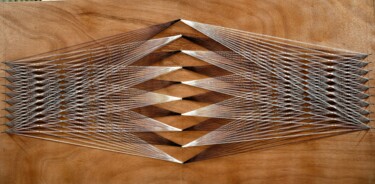
Sumit Ratta
Ahşap tarihinde Tekstil Sanatı | 24x48 in
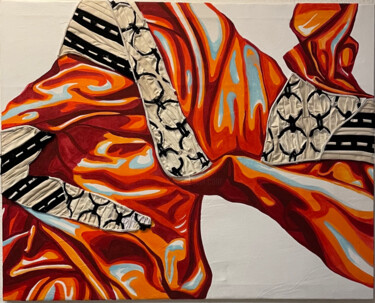
Elisa Marmo
Tuval tarihinde Tekstil Sanatı | 31,5x39,4 in
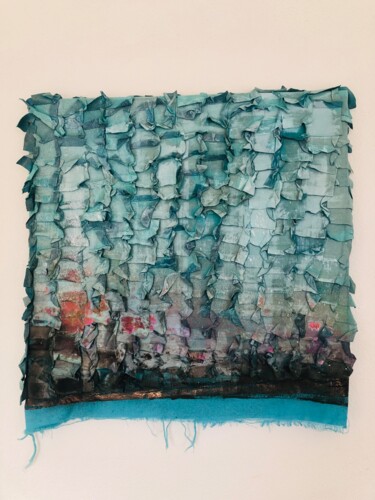
Lilian Frohn
Tuval tarihinde Tekstil Sanatı | 19,7x19,7 in
